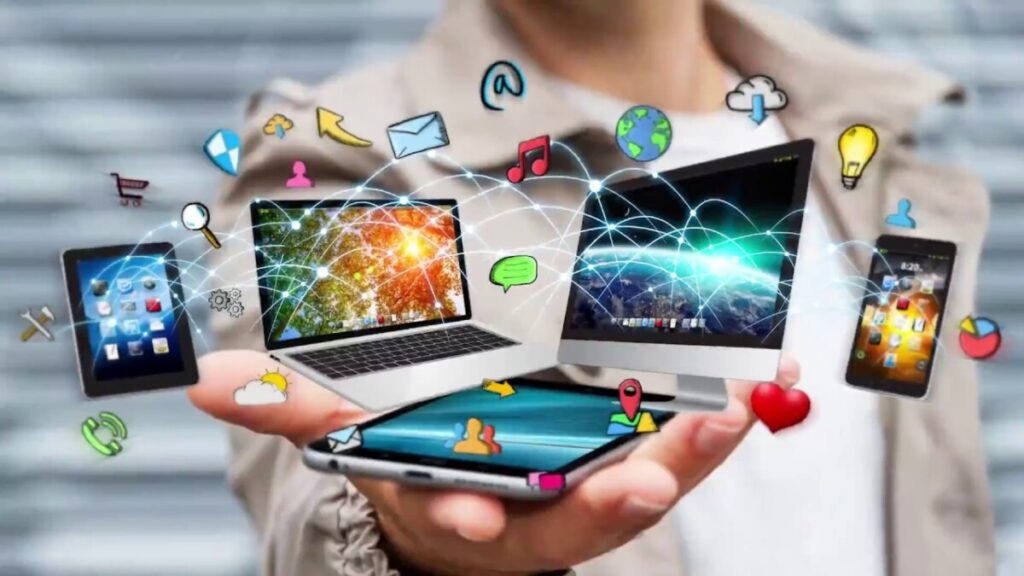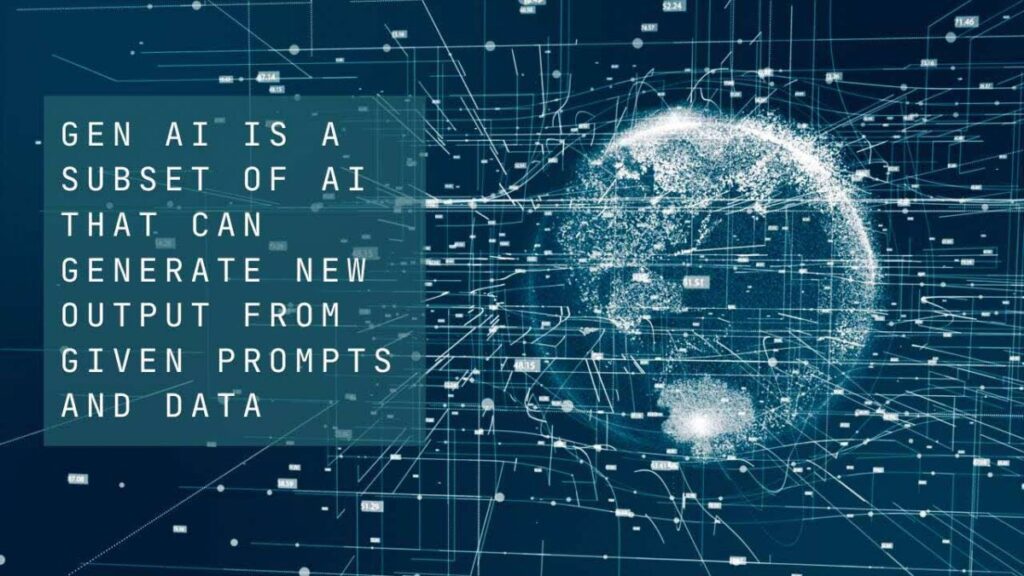
AI is no longer just a buzzword. From blog posts to digital art, AI generated content is taking over the internet—and it’s not slowing down. But what does “AI generated” actually mean? And should we embrace it or be worried?
In this article, we’ll explore what AI generated content really is, how it’s created, and how you can use it responsibly—while still keeping things human.
What Does “AI Generated” Really Mean?
Breaking Down AI Technology
At its core, AI (artificial intelligence) refers to machines or software that can perform tasks typically requiring human intelligence. This includes learning, problem-solving, and, you guessed it—creating content.
How AI Learns to Create
AI models like GPT-4 are trained on massive datasets filled with text, images, and more. Over time, they learn patterns, structure, and logic to produce their own content based on user prompts. The end result? Text, images, music, or even videos that are entirely AI generated.

Popular Types of AI Generated Content
Written Content
Blog posts, product descriptions, eBooks—you name it. AI can write it. And sometimes, it’s hard to tell the difference between a human writer and a machine.
Images and Art
AI-generated art has exploded in popularity with tools like DALL·E and Midjourney. You can describe an image in words, and AI brings it to life—almost like magic.
Music and Audio
AI can also create music based on genre, mood, or even lyrics. Platforms like Amper Music allow creators to generate custom soundtracks in minutes.
Why AI Generated Content is So Popular
Time and Cost Efficiency
Let’s be honest—creating content takes time. AI saves hours (or even days) by producing quality drafts in seconds. Plus, it reduces the need for large teams, cutting down costs.
Consistency and Scalability
Need hundreds of product descriptions or social media posts? AI can deliver consistent tone, style, and format—perfect for brands needing scale.
Challenges of Relying on AI Generated Content
Accuracy and Originality Concerns
AI isn’t perfect. It can get facts wrong or produce generic, repetitive content. It may even unintentionally copy existing sources, leading to plagiarism risks.
Ethical Implications
Who owns AI generated content? Is it ethical to use AI in school essays or journalistic writing? These are questions we’re still figuring out. Responsible use is key.

Humanizing AI Generated Work
Adding a Personal Touch
To make AI generated content feel more human, add your own perspective, story, or opinion. People connect with experiences—not just information.
Editing for Emotion and Tone
AI often lacks warmth or empathy. Use editing to bring in emotional language, rhetorical questions, or even humor to make the content truly engaging.
Tools That Create AI Generated Content
ChatGPT, Jasper, and Others
There are tons of platforms now offering AI writing. ChatGPT is great for versatility, while tools like Jasper.ai specialize in marketing copy.
Visual and Audio Generators
For art, music, and video, tools like Canva’s AI features, DALL·E, and Synthesia help generate visuals and voiceovers with minimal effort.
Real-World Examples of AI Generated Success
Marketing and Branding
Businesses use AI to write ad copy, create product videos, or design branding visuals. The result? Faster turnaround and cost-effective campaigns.
Education and Research
Educators use AI for lesson planning, summaries, and grading assistance, while researchers use it for organizing data and drafting reports.

The Future of AI Generated Creations
Collaboration, Not Replacement
Instead of replacing humans, AI is becoming a creative assistant. Think of it as your co-writer, designer, or editor—not your competition.
Responsible Use and Growth
As AI evolves, regulations and ethical guidelines will become more important. Creators and users alike must learn to balance automation with integrity.
AI generated content is here to stay—and it’s only getting smarter. Whether you’re a content creator, business owner, or just someone curious about the future, understanding how AI-generated tools work can help you use them more effectively.
The secret to success? Don’t rely solely on AI. Use it as a helper, add your own flavor, and make sure your final content feels authentic and human. That’s how you get the best of both worlds.
FAQs About The AI Generated Content
What is AI generated content?
AI generated content is anything created by artificial intelligence, such as text, images, music, or videos based on user input.
Is AI-generated writing plagiarism?
Generally no, but AI can accidentally mimic content it was trained on. Always run checks to ensure originality.
Can AI-generated content be used for SEO?
Yes, but it should be optimized and humanized to rank well and engage readers effectively.
How do I make AI content sound more human?
Edit for emotion, add personal touches, use storytelling, and vary sentence structure for a natural flow.
Are there risks with using AI generated work?
Yes—issues include factual errors, lack of creativity, ethical concerns, and possible copyright issues. Use responsibly.
